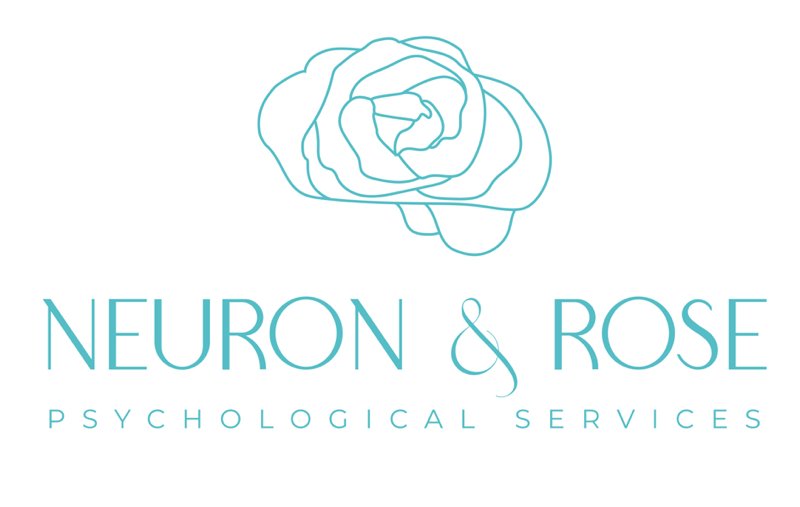Autism in School-Age Girls: Signs, Support, and Advocacy
Exploring the unique manifestations of Autism in school-age girls, typically between the ages of 5 to 13, requires a nuanced understanding. Contrary to traditional perceptions, the signs and behaviors of autism can present differently in girls, often leading to delayed diagnosis and support. Let’s delve into the specific signs of Autism in girls, reasons behind delayed diagnosis, strategies for family and school support, and effective advocacy at IEP meetings.
Autism in School-Age Girls
Social Communication
Autism manifests in girls differently than the male counterparts, especially in the social realm. There are nuanced differences in social interaction, making and maintaining friendships, and non-verbal communication cues. Girls will often “mask” or hide their Autistic traits to conform to society’s expectation of them; this leads to anxiety and stress. While they may engage in social activities, these interactions can lack reciprocity or understanding of non-verbal cues. Autistic girls may struggle to initiate or maintain friendships, experiencing difficulties deciphering social nuances that are considered intuitive to their peers.
Sensory Sensitivities and Emotional Regulation
Sensory sensitivities among Autistic girls can be profound, leading to overwhelming responses to stimuli. This heightened sensitivity often intertwines with challenges in emotional regulation. Simple sensory inputs like sound or touch might trigger intense reactions, leading to anxiety or emotional distress. Supporting Autistic girls to best navigate sensory stimuli becomes crucial in supporting their emotional well-being.
Understanding the Delayed Diagnosis and Overlooking of Autism in Girls
Gender Bias in Diagnosis
The landscape of Autism diagnosis has been historically biased toward boys, perpetuating misconceptions about how the spectrum presents in girls. The diagnostic criteria often fail to encompass the subtleties of autistic traits as expressed by girls, leading to underdiagnosis or misdiagnosis.
Masking and Camouflaging
Autistic girls frequently develop coping mechanisms that mask their autistic traits, making it harder to recognize their struggles. This camouflage often leads to their difficulties being overlooked, compounding the challenge of identifying and addressing their needs.
Supporting Autistic girls at home and in school
Family Support and Understanding
Families play a pivotal role in creating nurturing environments for Autistic girls. Open communication, providing predictable routines, and seeking guidance from healthcare professionals, knowing how to best advocate for your child can significantly aid in understanding and supporting girls at home. Starting with the correct diagnosis is key!
Advocating at IEP Meetings
Understanding Individualized Needs: Advocacy during IEP meetings involves highlighting the specific support your child requires. Emphasizing personalized accommodations and services tailored to their unique needs is crucial for their academic and social development. They can bring an educational advocate with them if they need more support! You should request that your child also receive counseling services along with social supports like group therapy if needed, these can be provided to your child at no additional cost to you.
Collaborating with School Professionals: Effective collaboration with school professionals is pivotal. It involves productive dialogue, ensuring the implementation of agreed-upon support strategies, and ongoing monitoring to ensure the best possible support for your child. Parents should be in good communication with teachers prior to IEP meetings and request their child’s records so they can know where their child stands prior to the meeting. You are also allowed to request that the teacher provide you the IEP goals in mind prior to the meeting.
Let’s Support Our Girls!
Recognizing the varied manifestations of Autism in school-age girls is the first step to supporting our girls and taking an inclusive approach to understanding them. By acknowledging these nuances, addressing the reasons behind delayed diagnoses, and implementing tailored support systems both at home and in educational settings, we can effectively support and advocate for them.
If you have more questions about Autism in young girls, or you’re ready to make an appointment, don’t hesitate to contact us for information.


